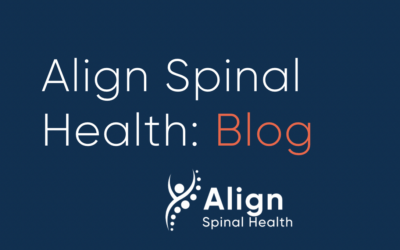Upper Crossed Syndrome (UCS) is described as a muscle imbalance pattern located at the head and shoulder regions. It is most often found in individuals who work at a desk or who sit for a majority of the day and continuously exhibit poor posture.
Causes
In UCS, tightness of the upper trapezius and levator scapula crosses with tightness of the pectoralis major and minor. Weakness of the deep cervical flexors crosses with weakness of the middle and lower trapezius. This pattern of imbalance creates joint dysfunction.
What does all this mean?
Basically, it means that when 4-5 muscle groups get too tight it can lead to a chain of events that can create shoulder instability, dysfunction and eventually pain and injury. The culprits are the trapezius and levator scapula (which help raise and lower the shoulder blades), the pectoralis major and minor (in your chest), and the sternocleidomastoid (the bulging muscles along the side of your neck).
Signs & Symptoms
- Forward head posture – Picture the little old lady crossing the street who can’t see where she’s going because her head is jutting forward of her shoulders so she can only look to the ground in front of her and not up or ahead.
- Increased cervical lordosis and thoracic kyphosis – The hunchback. Think about how your shoulders must compensate in the overhead position if you have an even the beginnings of a hunchback.
- Elevated and protracted shoulders – this is when your pecs are so tight and your sub-scapular muscles (the ones between and below your shoulder blades) are too weak to hold your shoulders back so they round forward instead.
- Rotation or abduction and winging of the scapula – Abduction means the (scapula) bone is moving away from the body which gives it a ‘wing’ looking effect when looking at it from the side or rear views. If someone can slide their fingers under your shoulder blade and grab on to it, your scapulae are winging.


